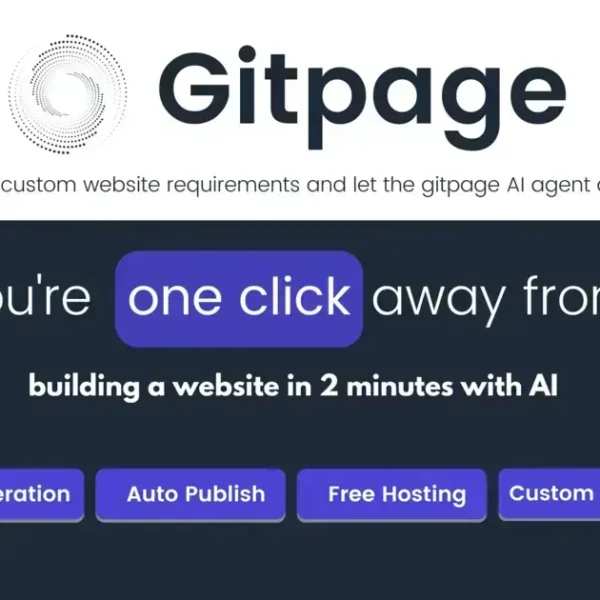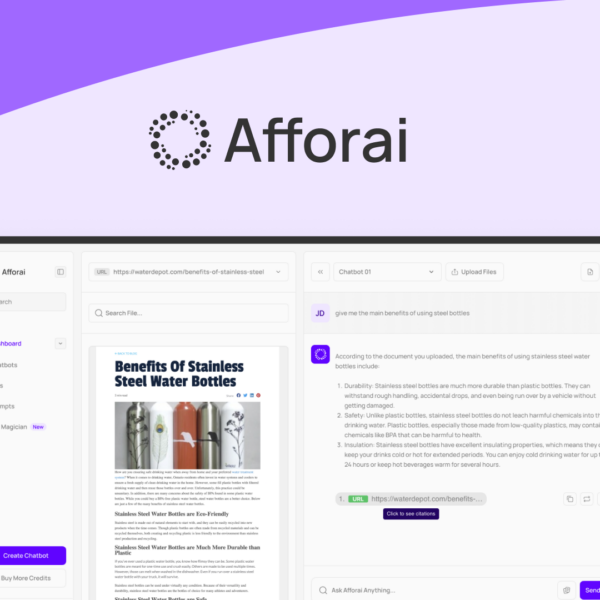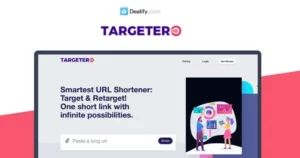Finding the right SaaS product can be a game-changer for your business, especially when it comes with a lifetime deal. But how do you know you’re making the right choice?
Do Your Homework on the Developer and the Company
Before you buy a SaaS product, it’s smart to do your homework on the developer and their company. Understanding who you are dealing with can make a big difference in your experience.
Check the Developer’s Reputation
Start by looking for reviews and feedback from other users. Websites like G2 and Trustpilot provide insights from real users. If many people report the same issues, it’s a red flag.
Look at Their History
Check how long the company has been in business. A company with a solid track record is often more trustworthy. See what other products they offer and how successful they have been.
Examine Their Customer Support
Good customer support can save you a lot of trouble. Find out what support options they offer. Is help available through chat, email, or phone? Quick replies are important!
Explore Their Community
Many SaaS products have a user community. This can be a great place to ask questions and learn about others’ experiences. A vibrant community shows that the product is popular and well-supported.
Read the Terms and Conditions
Lastly, go through the terms and conditions carefully. Make sure you understand what you are agreeing to. This includes payment terms, cancellation policies, and any hidden fees.
Check Recent Features Released

When considering a SaaS product, it’s essential to check recent features released. This helps you see if the software is growing and improving over time.
Keep an Eye on Updates
Many companies offer regular updates. Check their blog or news section to learn about new features. Frequent updates mean the company is active and cares about user feedback.
Look for User-Friendly Features
New features should make the software easier to use. Look for updates that improve the user experience. Features like better navigation or more tools can save you time.
Check for Compatibility
Make sure recent features work well with other tools you use. Features that integrate smoothly can streamline your workflows. Compatibility is key to keeping things efficient.
Read User Reviews on New Features
User reviews often mention how new features perform in real life. Look for feedback on updates to see if they solve common problems. This information can help you decide if the software is right for you.
Assess the Feature Roadmap
Some companies share their plans for future updates. A clear feature roadmap shows the company’s commitment to improvement. It can also give you confidence in your choice.
Assess Their Development Roadmap
When choosing a SaaS product, it’s important to assess their development roadmap. This gives you insights into the future of the software.
Understand the Company’s Vision
A good roadmap shows how the company plans to grow and improve. Check if they focus on user feedback and are open to changes. This means they care about their customers.
Look for Planned Features
Check for features that are planned for future releases. This could include major upgrades or new tools that enhance functionality. A product with a strong future plan can meet your long-term needs.
Evaluate the Timeline
See if the company has a timeline for updates. Knowing when to expect new features helps you plan better. A clear timeline indicates that the company is organized and reliable.
Find Out About User Involvement
Some companies involve users in their development process. This could be through surveys or beta testing. User involvement shows that the company values your input and is ready to adapt.
Check for Transparency
Transparency in the development roadmap is crucial. Companies that share their plans openly build trust. Look for detailed updates that explain what works and what doesn’t.
Engage with Customer Support

Engaging with customer support is a key part of choosing a SaaS product. It can make your experience smoother and more satisfying.
Check Support Availability
First, find out when customer support is available. Some companies offer 24/7 help, while others have limited hours. This can affect how quickly you get answers.
Explore Support Channels
See what support options are available. Look for chat, email, or phone support. Having multiple ways to get help is a big plus.
Test Response Time
Before you commit, try reaching out to support. Ask a simple question and see how fast they respond. Quick replies show that they care about their customers.
Read User Feedback
Look at user reviews about customer support. Good reviews can indicate that support is helpful. If many people report slow responses, consider this a red flag.
Assess Their Knowledge
When engaging with support, pay attention to their knowledge. They should be able to answer questions clearly and provide solutions. This reflects the quality of the service.
Evaluate Your Current or Upcoming Needs
It’s crucial to evaluate your current or upcoming needs before choosing a SaaS product. This ensures that the software fits your specific situation.
Identify Your Business Goals
Start by asking what you want to achieve. Are you looking to improve teamwork or manage tasks better? Knowing your goals will guide your choice of software.
Assess Current Workflows
Take a close look at how your team works now. Are there any pain points or bottlenecks? Understanding current workflows can help you find a product that addresses these issues.
Think About Future Growth
Anticipate how your business might grow. Will you need more features as you expand? Choose a software that can scale with your business needs.
Get Input From Your Team
Talk to your team about their needs. They can provide valuable insights on what tools would help them the most. Their input can shape your decisions.
Consider Budget Constraints
Finally, evaluate your budget. Determine how much you can spend on software. Make sure that the product you choose offers great value for the price.




